Understanding Air Purifiers and Their Importance
Air purifiers are devices designed to reduce airborne contaminants in a specific indoor environment, significantly contributing to improved air quality. As urban areas become densely populated and industrial activities escalate, the quality of the air we breathe has deteriorated. This has heightened awareness about the adverse effects of indoor air pollution, which can stem from various sources, including cooking fumes, tobacco smoke, dust, pet dander, and pollen. The primary function of an air purifier is to filter these pollutants, allergens, and harmful particles, thereby creating a healthier living space.
Air purifiers operate through different technologies, including HEPA filters, activated carbon filters, and UV light systems. HEPA filters are particularly effective, capable of trapping particles as small as 0.3 microns with a removal efficiency of 99.97%. Such capabilities make air purifiers essential for individuals with allergies, asthma, or other respiratory conditions, as they can alleviate symptoms and improve overall well-being. Furthermore, air purifiers help to eliminate odors, create a fresher smelling indoor environment, and reduce the transmission of airborne diseases.
Health experts emphasize the significance of maintaining clean air indoors, especially given the increasing time people spend inside their homes. Factors like pollen season, wildfire smoke, or even household activities can lead to poor indoor air quality, exacerbating existing health issues. Regular usage of air purifiers can mitigate these concerns by systematically removing pollutants before they can affect occupants’ health. Therefore, understanding air purifiers and ensuring their proper maintenance, including timely replacement of filter kits, has become an indispensable part of promoting healthier indoor air quality and fostering overall well-being.
Types of Air Purifier Filters
Air purifiers are essential devices for maintaining indoor air quality, and the effectiveness of these appliances largely depends on the types of filters they utilize. Among the most recognized types are HEPA filters, activated carbon filters, and pre-filters. Each of these filter types plays a critical role in trapping various airborne contaminants, thus contributing to cleaner air in homes and offices.
HEPA (High-Efficiency Particulate Air) filters are renowned for their ability to capture at least 99.97% of particles that are 0.3 microns in size. This includes common allergens such as dust, pollen, and pet dander, making HEPA filters essential for individuals with asthma or allergies. Their dense fiber construction effectively traps these microscopic particles, preventing them from circulating back into the air.
Activated carbon filters, on the other hand, are designed to remove odors and volatile organic compounds (VOCs). These filters contain a porous material that absorbs and neutralizes unpleasant smells from cooking, pets, or tobacco, as well as harmful chemicals. For comprehensive air purification, it is often recommended to use an air purifier equipped with both HEPA and activated carbon filters, as they address different air quality issues effectively.
Pre-filters serve as the first line of defense in the air purification process. They are typically made from a less dense material and are designed to capture larger particles such as dust and hair before they reach the main filter. This not only prolongs the life of the HEPA filter but also improves the overall efficiency of the air purifier.
Understanding these various filter types is crucial for recognizing the importance of regular maintenance and timely replacement. Each filter type plays a distinct role in ensuring the air purifier operates optimally, affecting its ability to deliver clean, healthy air consistently.
Signs That It’s Time to Replace Your Air Purifier Filter
Recognizing the appropriate time to replace your air purifier filter is crucial for maintaining optimal performance and ensuring the air quality in your home remains healthy. There are several key indicators that can help you determine when a replacement is necessary. One of the most noticeable signs is reduced airflow. If you notice that your air purifier is not circulating air as effectively as it once did, this may indicate a clogged filter, which restricts airflow and diminishes the unit’s efficiency.
Increased noise levels can also signal that it’s time for a filter replacement. An air purifier typically operates quietly, but if it begins to make unusual sounds, it may be struggling to function properly due to a dirty filter. This issue can lead to additional wear and tear on the unit, worsening the problem if not addressed promptly.
The presence of odors is another significant indicator of a filter in need of replacement. A properly functioning air purifier should help minimize odors, including pet smells or smoke. If you detect an unpleasant scent, it may mean that the filter is saturated with pollutants and no longer able to neutralize these odors effectively.
Changes in air quality should also be closely monitored. If you begin to experience increased allergy symptoms or notice dust accumulation in your living spaces, this could suggest that your air purifier is no longer adequately filtering the air. Recommendations for replacement timelines can vary based on usage patterns; however, most manufacturers suggest replacing filters every 6 to 12 months. Keeping a regular schedule can be beneficial, as well as noting your purifier’s performance over time to address any potential issues early on.
Choosing the Right Replacement Filter Kit
Selecting the appropriate replacement filter kit for your air purifier is crucial to maintain optimal air quality and ensure efficient operation. The process begins with identifying the specific size and type of filter that is compatible with your air purifier model. Most air purifiers utilize a combination of pre-filters, HEPA filters, and activated carbon filters. Referencing the user manual or manufacturer’s website is an effective way to locate the exact specifications required for your model.
Brand compatibility is another key factor to consider when purchasing a replacement filter kit. While generic filters may seem like a cost-effective option, they often do not meet the same performance standards as original equipment manufacturer (OEM) filters, which can lead to suboptimal filtration and decreased efficiency. It is advisable to prioritize OEM filters, as they are designed specifically for your unit, ensuring maximum compatibility and effectiveness in capturing harmful particles and pollutants from the air.
When browsing for replacement filters, it’s beneficial to read product reviews to gather insights from other consumers. These reviews often highlight the efficacy of the filters, durability, and potential issues encountered after installation. This information can guide your decision and help you choose a filter that has received positive feedback regarding its performance and longevity. Additionally, understanding the warranty terms associated with the filter kit can provide peace of mind. Many manufacturers offer warranties covering defects or performance issues, which can be a significant factor when evaluating your options.
Overall, being diligent in selecting the correct replacement filter kit involves careful consideration of size, brand compatibility, and consumer reviews. By following these guidelines, you can ensure that your air purifier continues to function effectively, thus promoting a healthier indoor environment.
Step-by-Step Guide to Replacing Your Air Purifier Filter
Replacing the filter in your air purifier is vital to maintaining optimal air quality in your home or office. Follow these steps to ensure a successful filter replacement while adhering to necessary safety precautions. Before starting, gather the required tools: a screwdriver (if necessary), gloves, and a garbage bag for disposing of old filters.
First, make sure to unplug your air purifier from the power source to ensure safety during the replacement process. This step prevents any accidents or electrical shocks. Once unplugged, locate the filter compartment. Depending on your air purifier model, this may involve accessing the front cover or removing screws. Consult your user manual for specific instructions related to your device.
After opening the filter compartment, carefully remove the old filter. Take note of its orientation as you will want to install the new filter in the same manner. It is crucial to dispose of the old filter properly. Place it in a garbage bag, seal it, and throw it away to prevent any contaminants from re-entering your space.
Before inserting a new filter, it is advisable to clean the interior of the air purifier. Use a damp cloth to wipe any dust or debris inside. This maintenance step not only keeps the unit clean but also ensures proper airflow for effective filtration. When ready, insert the new filter following the manufacturer’s guidance regarding orientation and placement.
Once the new filter is securely in place, close the filter compartment and plug the air purifier back into the power source. To maintain peak performance, it is important to monitor filter replacement intervals. Typically, filters should be replaced every 6 to 12 months, depending on usage and air quality conditions in your area. Regularly check the filter indicator, if available, and keep a schedule to ensure the air purifier continues to operate efficiently.
| Air Purifier Brand Name | Blueair, Coway, Dyson, Honeywell, Kent, Levoit, Mi (Xiaomi), Philips, Samsung, Sharp |
|---|---|
| Technician Type | With Technician, Without Technician |
Only logged in customers who have purchased this product may leave a review.
Related products
-
Air Purifier Parts
Air Purifier UV Light
₹6,500.00 – ₹7,100.00 Select options This product has multiple variants. The options may be chosen on the product pageRated 0 out of 5 -
Air Purifier Parts
Air Purifier HEPA Filter
₹3,900.00 – ₹4,500.00 Select options This product has multiple variants. The options may be chosen on the product pageRated 0 out of 5 -
Air Purifier Parts
Air Purifier Fan Motor
₹3,900.00 – ₹4,500.00 Select options This product has multiple variants. The options may be chosen on the product pageRated 0 out of 5 -
Air Purifier Parts
Air Purifier Activated Carbon Filter
₹2,600.00 – ₹3,200.00 Select options This product has multiple variants. The options may be chosen on the product pageRated 0 out of 5

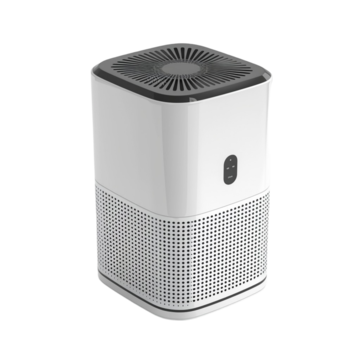

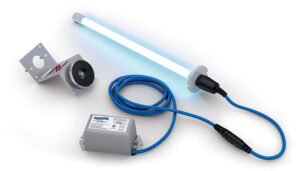
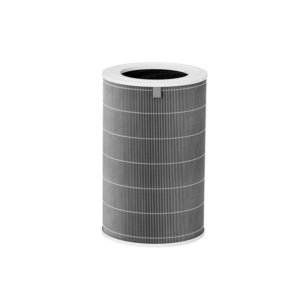
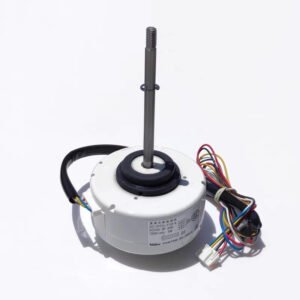
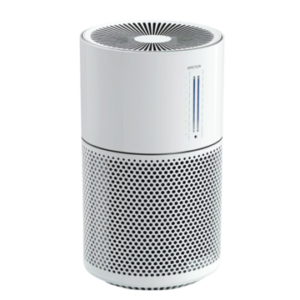
Reviews
There are no reviews yet.